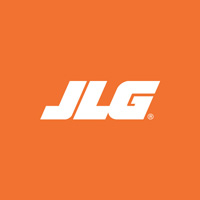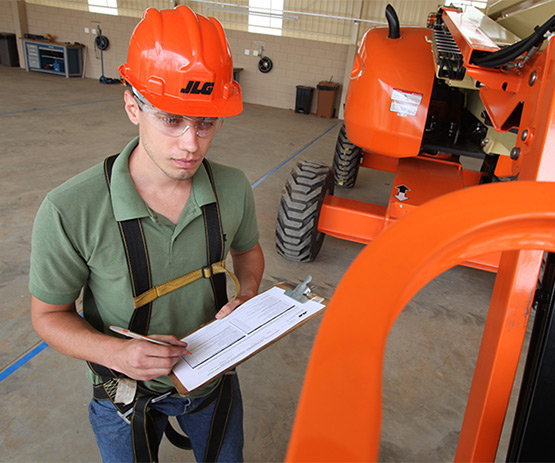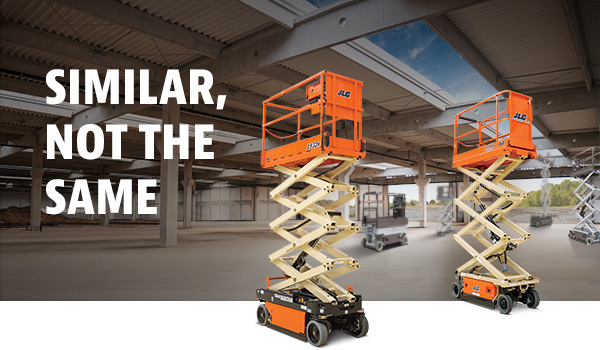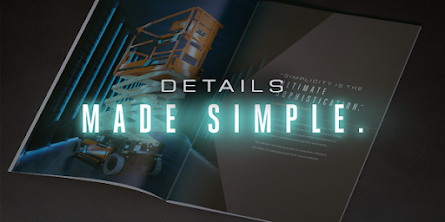
A significant portion of the industry relies on a long-time mainstay that keeps vehicles moving - tires. While tires may seem to be a relatively simple component compared to other equipment technology, they play a crucial role in keeping the vehicle productive, reliable, and safe.
In recent years, tire technology has continued to evolve with new concepts in tires introduced. They look much different than what most of us think of as traditional tires and require no filling medium. Much of the discussion here will apply to any tire technology, though some points will be for specific technologies.
Tires are selected for use on vehicles based on many criteria – traction / braking, speed and load rating, ride ergonomics / vibration, ground pressure, maneuverability and packaging, wear / reliability, surface marking, and stability characteristics.
The filling medium(s) chosen to occupy internal voids or spaces within a tire and how they are applied is also an important consideration. The most prevalent choices for filling construction tires are air, foam (urethane), foam and crumb rubber mixture, and rubber. Each tire fill type can affect multiple properties of a tire’s performance which we will examine below.
Traction / Braking
Tire traction can be somewhat subjective and may vary widely for vehicles covering multiple applications and markets. Testing involves subjecting tires to and operating vehicles on differing terrains and surfaces and in a variety of environmental conditions to understand how well they grip those surfaces. The ability of the tire to expel material such as rocks and mud from the tread pattern is critical to performance. Voice of the Customer (VOC) trials are often sought as feedback for new designs. Tires also directly affect vehicle braking and therefore must be carefully considered and tested to satisfy compliance with all applicable regulations.
Speed and Load Rating
Tire manufacturers rate their tires for speed as well as load carrying ability - key to meeting the primary use of many construction use vehicles. They utilize guidelines from organizations such as the US Tire and Rim Association (TRA) and the European Tyre and Rim Technical Organisation (ETRTO). Tire ratings are based on a combination of Empty Vehicle Weight (EVW) and Gross Vehicle Weight (GVW) (empty vehicle + payload) and their respective travel speed duty cycles.
Tire ratings are based on a combination of Empty Vehicle Weight (EVW) and Gross Vehicle Weight (GVW) (empty vehicle + payload) and their respective travel speed duty cycles.
Many construction vehicle tire offerings serve a multitude of vehicle applications, making it difficult for tire suppliers to publish use guidance for every application. Tire fills can also have a significant effect on the speed and load rating of tires. As a result, bench testing and / or vehicle testing is often performed that combines expected loads, speeds, tire fills, and application profiles with construction site road hazards to assure the tire performs on the vehicle as required and expected.
Ride Ergonomics / Vibration
Tires should support and enhance the vehicle driving experience. The tire design as well as the type and amount of tire fill can affect ride ergonomics and vibration. Vehicles are tested to understand adverse frequencies, vibration, or other effects that may be transmitted into the vehicle. Measurements are often collected at sensitive components and the operator’s station to quantify the effect of the entire vehicle dynamics (including tires) on those systems.
Ground Pressure
The width and diameter of tires, the tread type of tires, the type of tire fill used, and the compliance of tires all factor into how much force will be directed onto any operating surface by the vehicle. Ground pressure is important in understanding vehicle flotation with respect to soil compaction, vehicle flotation with respect to surfaces such as mud and sand, vehicle transportation floor loading considerations, and floor loading where vehicles are operating on constructed surfaces. Ground pressure is determined generally through testing and calculation to determine what percentage of each tire surface area is supporting the vehicle load on a given terrain.
Maneuverability and Packaging
Tires must allow the vehicle to achieve vehicle design requirements dimensions in width, length, turning radius, height, and steering. Wide tires can adversely affect vehicle width, the maximum steer angle possible, as well as resistance to steering due to ground contact friction. Large diameter tires can affect vehicle overall length and height dimensions of the vehicle. Tire fill types may affect how well the vehicle can maneuver. Vehicle dimensional analyses as well as multiple performance tests are conducted to assure targets of maneuverability and packaging are met.
Wear / Reliability
Tires and their filling medium must exhibit wear and structural integrity characteristics that are in line with intended industry expectations. Vehicles with tires that consume the available working tread too quickly or become damaged too easily (chunking treads, bulges / broken belts, punctures, fill compromised, etc.) will not meet customer’s expectations. Vehicle testing is undertaken on a variety of construction surfaces, applications, and road hazards to assure the wear rate is reasonable and that the tire and it’s filling medium survives structurally to reasonable expectations.
Surface Marking
Some use applications require vehicles to not mark the surfaces on which they are operating and therefore require unique tire compounds. Special applications such as this may create unique tire testing considerations for tire and vehicle manufacturers.
Stability
Of significant importance is how well the tires and their associated fill maintain their structural shape when loaded in various configurations – ultimately affecting the stability of the vehicle. Every tire option offered on a vehicle must adequately support the vehicle to meet all applicable regulations and the published load carrying capability of the vehicle. Tire type (bias ply, radial, solid, etc.) as well as fill medium can significantly affect the sidewall and overall stiffness of a tire when subjected to a combination of vertical and transverse loading. Significant testing and simulation is performed on vehicles to assure the tire options offered can adequately support the base vehicle weight and any required payload according to industry regulations, standards, and published load diagrams.
Tires are, and will remain for the foreseeable future, an integral and important component of many construction vehicles today. Their selection and use influences multiple aspects of vehicle performance that must be confirmed through a combination of calculation, simulation, and test.
Source: https://www.jlg.com/en/direct-access/2018/04/13/what-you-should-know-about-testing-requirements-for-tires







